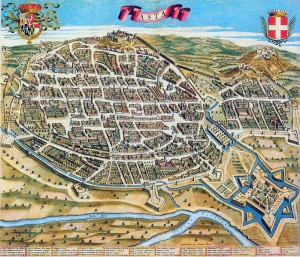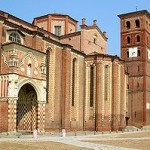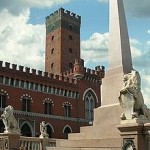History
The ancient city of Asti … is noble and civilian, rich, with a full population and beautiful ornate buildings, has good and productive territory, both wheat and wine and other things necessary to the man and has to His patron saint San Secondo. “*
The city of Asti, of pre-Roman origin, was one
“Municipium romanum” with the name of Hasta, then Longobard, passed to the Franks in the High Middle Ages and eventually became free Commune around 1100. It was orleanese in the Middle Middle Ages, long under the Savoy until the end of the Aegean Republic of the late ‘700.








 Cattedrale
Cattedrale Monumento a Umberto I in piazza Cairoli detta “del Cavallo”
Monumento a Umberto I in piazza Cairoli detta “del Cavallo” San Pietro in Consavia
San Pietro in Consavia Piazza Roma, monumento all’Unità d’Italia e Torre Comentina
Piazza Roma, monumento all’Unità d’Italia e Torre Comentina Arcate Medievali
Arcate Medievali La Fontana di Piazza Medici e la Torre Troyana
La Fontana di Piazza Medici e la Torre Troyana Monumento a Vittorio Alfieri
Monumento a Vittorio Alfieri Abbazia di Vezzolano
Abbazia di Vezzolano